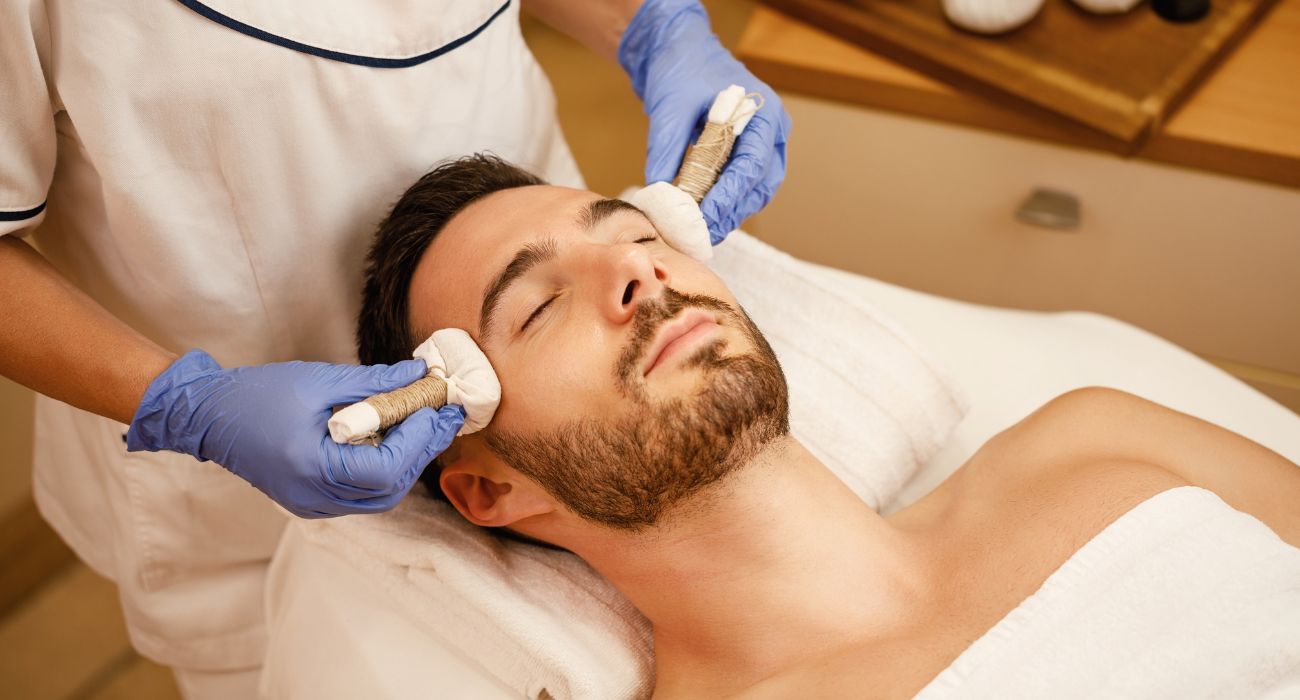From Botox to under-eye and lip fillers and (in)famous IV drips, the pursuit of youth is no longer limited to society’s elite or the beauty enthusiasts. Today, more people than ever are investing in anti-ageing treatments to look sharp, feel confident, and compete in a world that often equates appearance with vitality. Needless to say, access to these treatments has become easier and affordable for many. But beneath the surface of this billion-dollar industry lies a bunch of myths, doubts and fear that not many are ready to face.
Anti-ageing is no longer just about creams and serums. As more people opt for invasive or semi-invasive procedures, the stakes are getting higher. TV personality and actor, Shefali Jariwala’s tragic death last month brought these concerns to spotlight again. While it’s not been confirmed if these treatments were actually the cause of her death, it did start the dialogue around the safety of anti-ageing treatments. A few years ago, legendary actor’s Sridevi’s death also sparked similar concerns and recently, two engineers lost their life after undergoing hair transplant at an unregulated clinic.
So, the larger question is, ‘can these treatments be fatal?’ The real answer is that most of the anti-ageing treatments are safe but only when they are done by a certified and qualified dermatologist. “However, risks can increase when these procedures are performed in an unregulated, unhygienic environment, or by individuals who do not have proper training or are unlicensed. For example, treatments such as dermal fillers or Botox, when performed incorrectly, may result in serious complications like infections, vascular occlusion (blockage of blood vessels), or tissue necrosis,” explains Dr Madhuri Agarwal, Celebrity Dermatologist, and Founder of Yavana Aesthetics.
Dr Geetika Srivastava, Dermatologist and Founder of Influennz Clinic, explains it further that how different treatments may carry potential health risks. “For instance, if derma fillers, which contain cross-linked hyaluronic acid, are injected incorrectly, it can enter a blood vessel, disrupting its blood supply. And if it travels to major arteries, it can cause blindness, stroke or pulmonary embolism,” she adds. Fake Botox or dermal fillers are often available from unlicensed sources and may contain hazardous ingredients, which can result in infection, allergic reactions, or disfigurement. Another popular treatment, rather trendy, treatment these days is IV drips which contain glutathione, multivitamins, collagen, vitamin C, NAC, and sometimes NAD+. “When multiple compounds are combined and administered intravenously, there’s a risk of drug interactions, anaphylaxis, acute kidney injury, or liver dysfunction,” adds Dr Srivastava.
Additionally, unapproved stem cell therapies are often marketed as regenerative or anti-ageing treatments, but these therapies currently have limited clinical evidence supporting their efficacy and may be associated with risks such as immune reactions or tumour development. “Do-it-yourself threads, microneedling devices, or PRP kits used at home without medical oversight; unauthorised hormone therapies or peptide injectables purported to “reverse ageing,” but lacking safety data; these treatments often skip thorough safety checks, so their long-term risks are unclear. Use only those approved by authorities like the FDA. Without proper regulation and sterile environment, these treatments can lead to fatal complications,” explains Dr Agarwal.
Some of the other such therapies include surgical facelifts and fat grafting which, if performed incorrectly under untrained professionals, may result in risky outcomes. While former is performed under anaesthesia and carry the risk of anaesthesia-related complications, the latter involves removing fat from one part of the body to be injected into the areas of concern. “These could cause sepsis, fat embolism and could be fatal,” says Dr Srivastava.
Things To Take Care Of
One of the most important things to focus on is choosing the right doctor. Do not go to anyone without checking his credentials; this might save you money but can complicate things in future. It’s also important to thoroughly research the treatment you require and not follow trends blindly. “When you go for popular procedures without assessing their suitability for one’s skin type or age, it can lead to unsatisfactory outcomes. There are at times individuals who get excessive fillers, botox, or lasers frequently which can result in outcomes such as unnatural appearances, tissue changes, or diminished effectiveness over time,” explains Dr Agarwal.
Also, make sure to disclose all details about your health conditions to the doctor before undergoing any anti-ageing treatment. Medical conditions such as autoimmune diseases, diabetes, cardiovascular diseases, dermatological issues can increase the chances of complications or impact the healing process post treatment. “Botox is contraindicated in patients with muscle disorders like myasthenia gravis; IV drips should never be administered to individuals with compromised liver or kidney function; and before any plastic surgery, a thorough pre-anaesthetic evaluation is mandatory to ensure fitness for surgery,” explains Dr Srivastava. She strongly advises against not disclosing the use of weed, herbal, or homeopathic medications, which can interact dangerously with aesthetic treatments.
Dos and Don’ts
DOs:
· Carefully follow your dermatologist’s post-procedure care recommendations.
· Follow all pre and post treatment skincare, medication, and sun protection guidelines.
· Regular follow ups after treatment help identify issues early and improve results.
· Maintain a balanced lifestyle, including proper hydration, adequate sleep, and good nutrition, as these factors can affect your skin.
DON’Ts:
· Procedures or skincare actives should not be combined without professional guidance.
· Review and discuss available options to make informed decisions.
· Exposure to sunlight may increase risks such as scarring or pigmentation changes.
· It is advisable to refrain from alcohol and smoking, particularly following procedures.
· Providing complete and accurate medical history is important, as all details could be relevant.
· Immediate and permanent results are unlikely as anti-ageing treatments generally involve gradual progress over time.
· Immediately report any persistent redness, swelling, or pain, or other unusual symptoms to the treating doctor.
So, Can Anti-Ageing Treatments Be Fatal?
In extremely rare circumstances, yes. Most procedures, when performed by licensed professionals and on healthy individuals, are safe. But there are documented cases of complications turning fatal, particularly when:
• Fillers are accidentally injected into blood vessels, causing embolism or blindness.
• Botox spreads beyond the targeted muscle area, causing breathing or swallowing difficulties.
• Severe allergic reactions (anaphylaxis) are triggered and not treated quickly.
• Infections go untreated and develop into sepsis.
The Takeaway
Looking younger isn’t inherently vain because self-confidence matters. But doing it safely is essential. In a world where anti-ageing is aggressively marketed as ‘pain-free pick-me-ups,’ it’s easy to forget that these are still medical procedures. Risk may be rare, but it’s real. So, ask yourself a few questions before entering a clinic.






